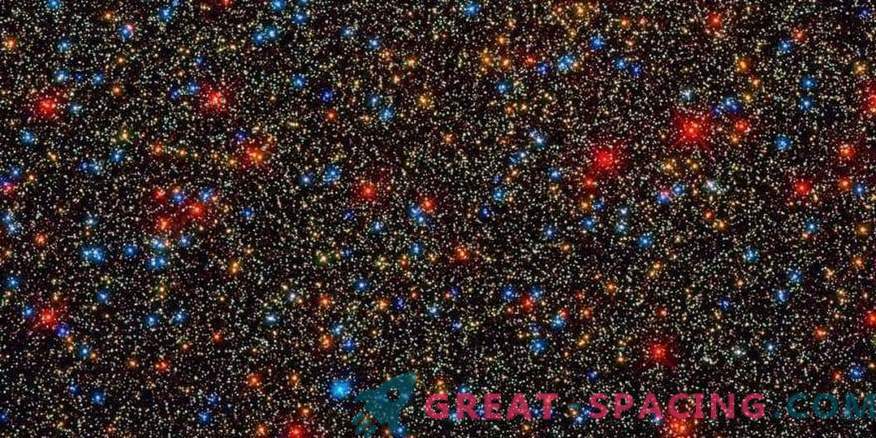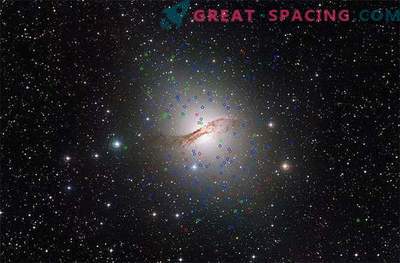
The search for life in the infinite universe is an incredibly difficult task. But scientists can even delete a couple of places from the list. New data from the University of California suggests that the tightly packed group of Omega Centauri stars is unlikely to be home to the inhabited planets.
Omega Centauri is the largest globular cluster in the Milky Way, which made it seem like a great place to look for life. Holds about 10 million stars, and the remoteness of 16,000 light years from Earth makes it accessible to the naked eye.
Despite the large number of stars concentrated in the core of Omega Centauri, the prevalence of exoplanets remains unknown. The core hides 470,000 stars, where the 350,000 representatives in terms of color, age and temperature are suitable candidates for the presence of inhabited worlds.
Then, for each star, they calculated the habitat zone (conditions for the presence of liquid water on the planet). Since most of the stars in Omega Centauri are represented by red dwarfs, their habitats are much closer than near the Sun. The core of the Omega Centauri is potentially capable of being inhabited by a multitude of compact planetary systems with habitats close to the star. An example of such a system is TRAPPIST-1, a miniature version of the solar system that is 40 light years distant and is considered as one of the most promising places to search for life.
Given the characteristics of the cluster, scientists have concluded that such compact systems can not inhabit the core of Omega Centauri. From the nearest star neighbor separates us 4.22 light years, while in the cluster the average distance between the stars reaches only 0.16 light years. That is, they occur about once every 1 million years.
The speed of gravitational interaction between the stars would be too high to maintain a stable planet for life. Considering other similar clusters, one can come to the same conclusion. That is, the study of globular clusters with lower collision rates may lead to a greater probability of finding stable living planets.











































